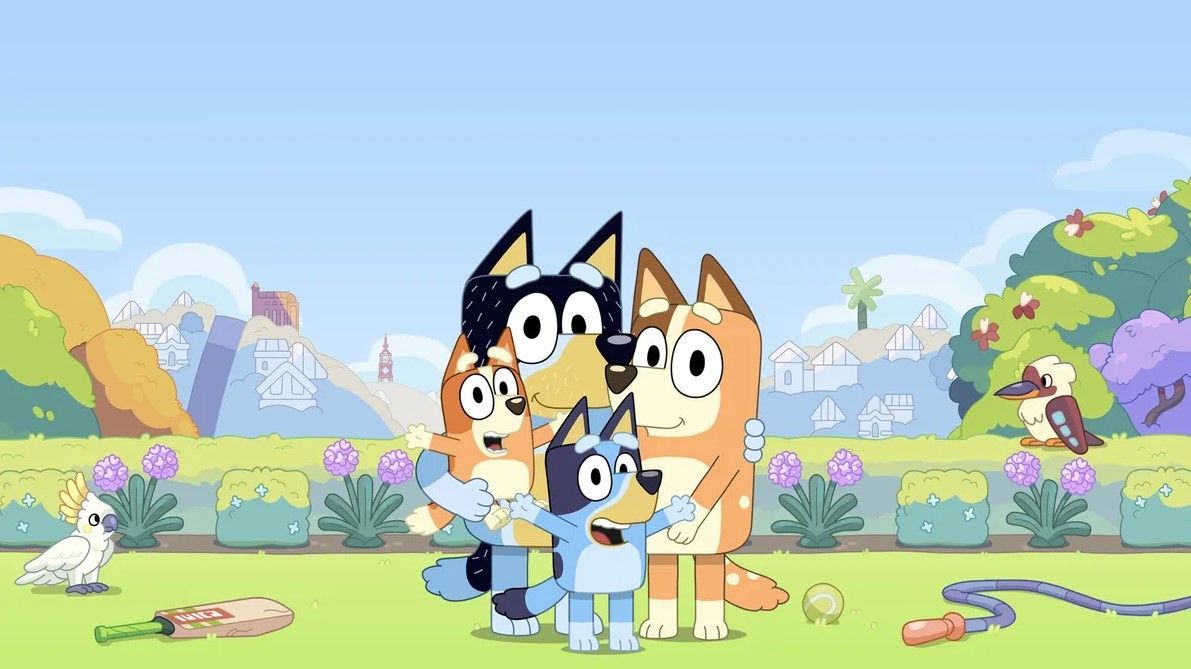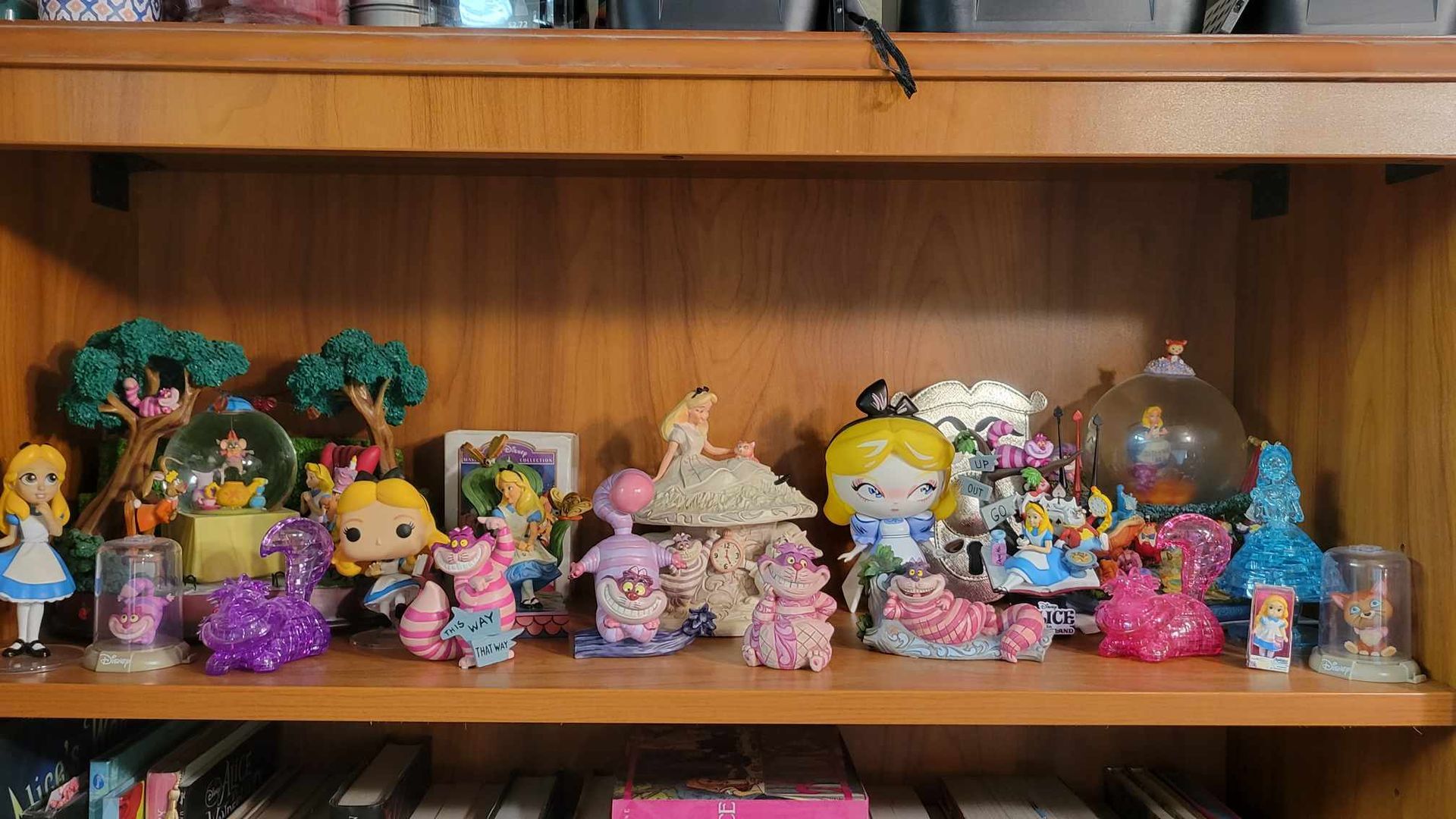Dean Brinkerhoff is a writer, artist, YouTube content creator and historian with a special enthusiasm for Disney. When not writing articles and blog posts and creating videos, he is watching animation, films and TV, classic and new. He co-hosts the online series Digging the Details with Jim and Dean on “Jim Fanning’s Tulgey Wood TV” YouTube channel. You can find Dean at ON THE BRINK on YouTube, TikTok, Instagram and Facebook: Dean Brink.
Disney’s TRON: Bits, Bytes and Family Insights
by Dean Brinkerhoff
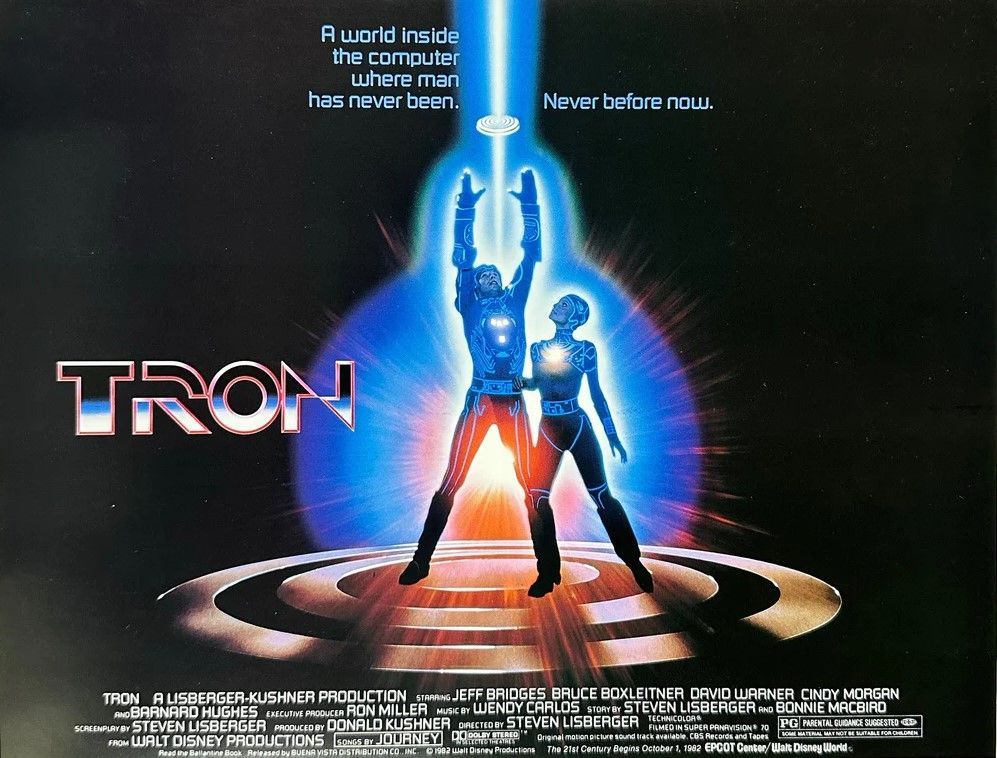
Incorporating designs by Moebius, Syd Mead, and Peter Lloyd, the original TRON expanded the horizons of what could be done in terms of special effects in film. In addition to heavy use of computer-generated animation, special frames of film were layered together in a process resulting in a visual hybrid named a Kodalith. A process unique to any other filmmaking method, Kodaliths truly added to the visual style of the film. “We were not trying to reinvent the wheel. We were trying to make a whole different wheel that was not necessarily round,” matte artist and TRON associate producer Harrison Ellenshaw explained in a video produced for D23 . “All movies until TRON were set in an established genre. TRON created a new one.”
To create this unique production, a full seventeen minutes of TRON were completely computer-generated. There are 1,100 special effects shots, the most ever used up until that time in a non-animated feature; 800 of those are composite shots incorporating live action. The computer images themselves were generated onto special, high-resolution video screens. It took forty-eight million bits of information to generate a single frame, with some of the most complex individual frames requiring six hours to create. Even though many analysts focus on how the TRON filmmakers pushed the boundaries of film and technology with this production, many overlook the moving story that is told. Behind the high-tech special effects and cutting edge computer graphics, TRON is more of a human story than one might realize. I have always been more fascinated by the characters of this world and how their relationships unfold.
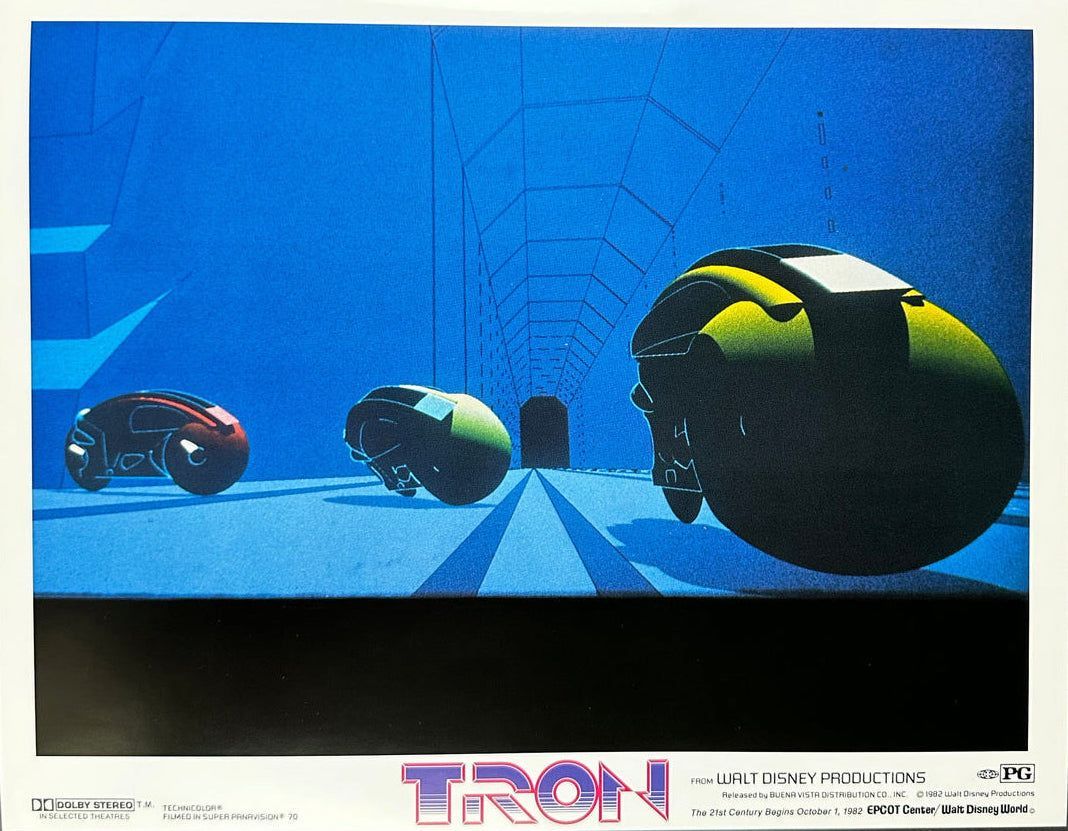
The original Tron TRON (1982) begins with Kevin Flynn (Jeff Bridges), a young computer programmer anxious to take back his video games that have been plagiarized by the menacing and shrewd Edward Dillinger (David Warner), corporate head of ENCOM. In his youth, Kevin is an extrovert, spending his evenings down at the arcade among friends and the throngs of gamers who play in his arcade. His love of gaming and socializing provides an escape from his business woes. His determination to get his games back inadvertently transports him from our world into the digital frontier of his creation. The GRID: A place where programs battle for life and status. Under Dillinger’s eye, the freedom of the programs is at stake from the omniscient Master Control Program and his minions. Kevin’s strong intelligence and wisdom guides him and his loyal companions, Tron and Ram, to logical solutions and solid direction on their journey to find Kevin’s necessary evidence. Not all make it out free from de-resolution in this game of a world, but the Master Control Program is ultimately defeated by Tron and as a result, Kevin is allowed to travel back to the world of the users—our world. Through Kevin’s wild and reckless series of actions, his ultimate outcome is a positive one: proof extracted, credit restored to his name, and his rightful takeover of ENCOM. Jeff Bridges played video games such as Battle Zone on the set to get him in the groove for filming within the The GRID. I think this translates well onto the screen. You believe in Kevin as a professional gamer and his familiarity with and [love for] video games really shine through his acting.
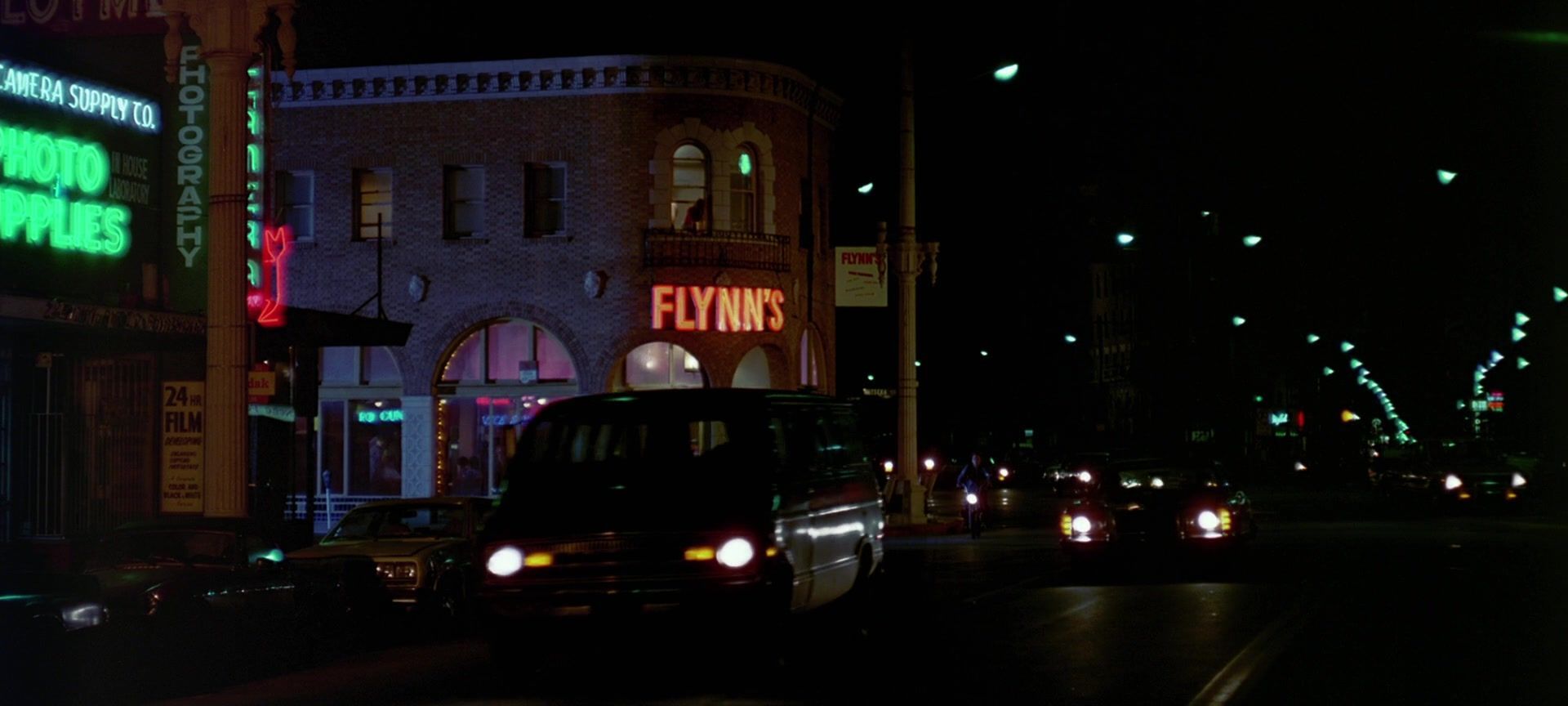
TRON Legacy builds upon and evolves further the story within this inventive computer world and its story outside in the life of Kevin Flynn after nearly 30 years of technological modernization and expansion. Progress begins with the development of Kevin’s free society. Writer Adam Horowitz stated that his challenge for developing the screenplay for TRON Legacy was “…coming into it and saying, ‘how do we honor the original movie, continue that story, expand on it and take it to a new place, while also opening up the world for new fans?’” The strong themes found in various beliefs of people around the world of an independent being visiting a world of his own creation as a savior for its inhabitants is a driving source of inspiration in this story. (Beliefs such as the Greek Gods or traditional Christianity are only two examples). All the while, Kevin gathers a following of believers and oppressors. In Kevin’s new digital world of his own creation, the GRID, programs and “Codified Likeness Utilities” (CLU) create in various ways.
At the core of this story, the strong yet strained love Kevin Flynn has for his son Sam is my favorite of these relationships. Sam Flynn develops traits similar to his father such as his intuitive wisdom and reckless rebellion. Although Kevin and Sam are similar in personality and intellect, they grow in very different circumstances. In the second film, the driving force of the plot is the fact that Kevin Flynn goes missing when Sam is very young. Despite growing up without his talented father, Sam inherits his father’s love of gaming and motorcycles, which helps helping to motivate and inspire him to seek his absent fathers’ legacy.
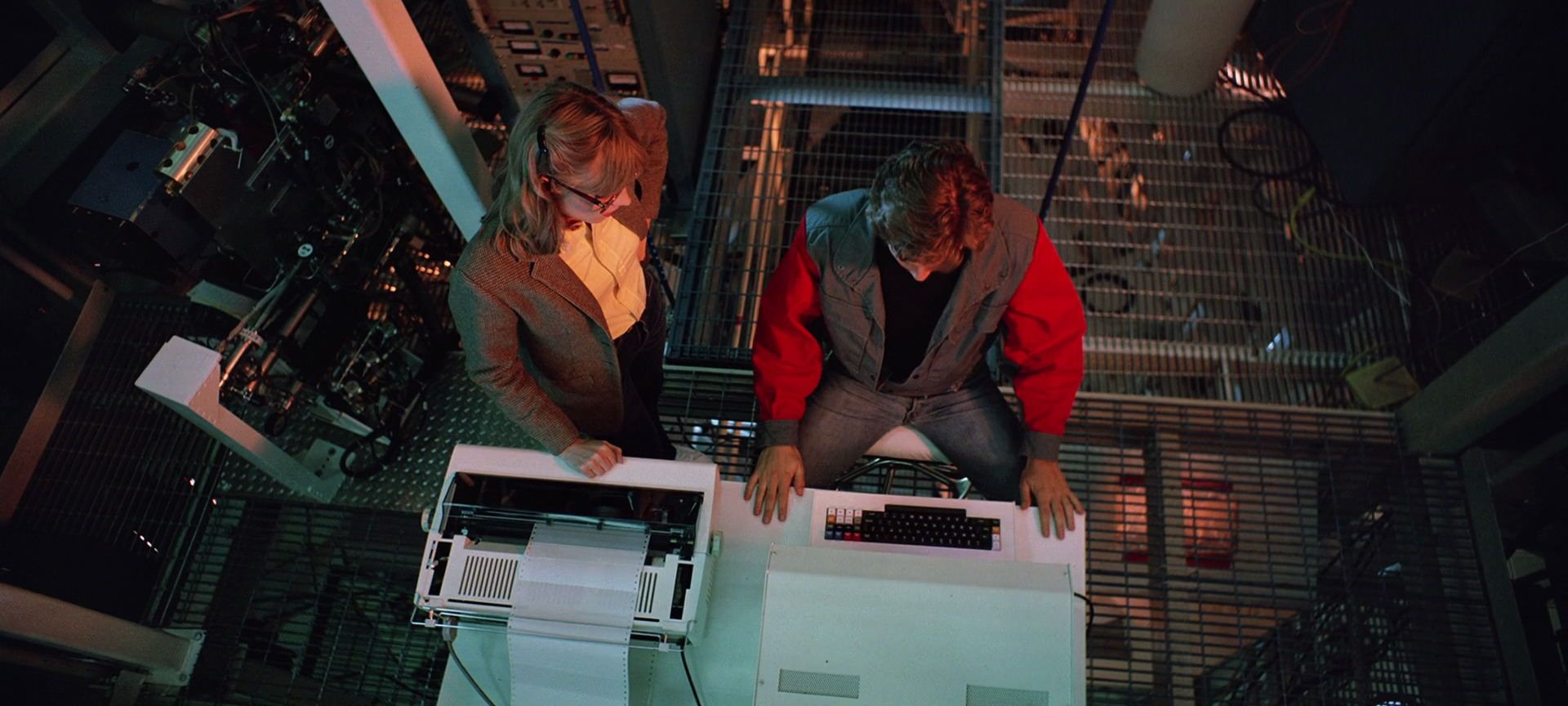
“From the very beginning, Sean [Bailey] and I told the studio that this movie was going to be a father-son story. And that’s really what the heart of TRON: Legacy is,” said director Joseph Kosinski in a Disney publicity interview at the time of the film’s release. “It was very important to us, amidst all this visual spectacle, to focus on a father/son story; this is about a boy who’s lost his dad, who’s now grown up and, as a man, he has scarring from that. Then, he learns that his father’s disappearance may not have been all that he thought, and there’s a chance for them to rebuild their relationship,” revealed producer Sean Bailey to Disney publicity. “Our goal is to make sure we’re serving our story the best way we can. And the visuals, the effects, the music, the performances, and the style all support that.” Bailey saw the original film as a 12-year-old when his father took him to the theater so they could watch it together. Perhaps the memory of that shared experience bolstered the importance of the father-son theme.
The ultimate goal of Kevin Flynn’s business in the digital frontier is to create perfection. Though admirably plausible, his theories turn out to be misguided and destructive. A hacker program called CLU (Jeff Bridges) that has Kevin’s likeness was a useful yet ultimately disposable Program who perished in the original film. He proved valuable to Flynn in many missions despite his premature de-resolution in a failed attempt to gain the needed evidence. Valuable enough in fact that when Kevin’s dreams for a re-shaping of the human condition begin to take form in his brain through digital means, Kevin creates CLU once more to spearhead this brave new project.
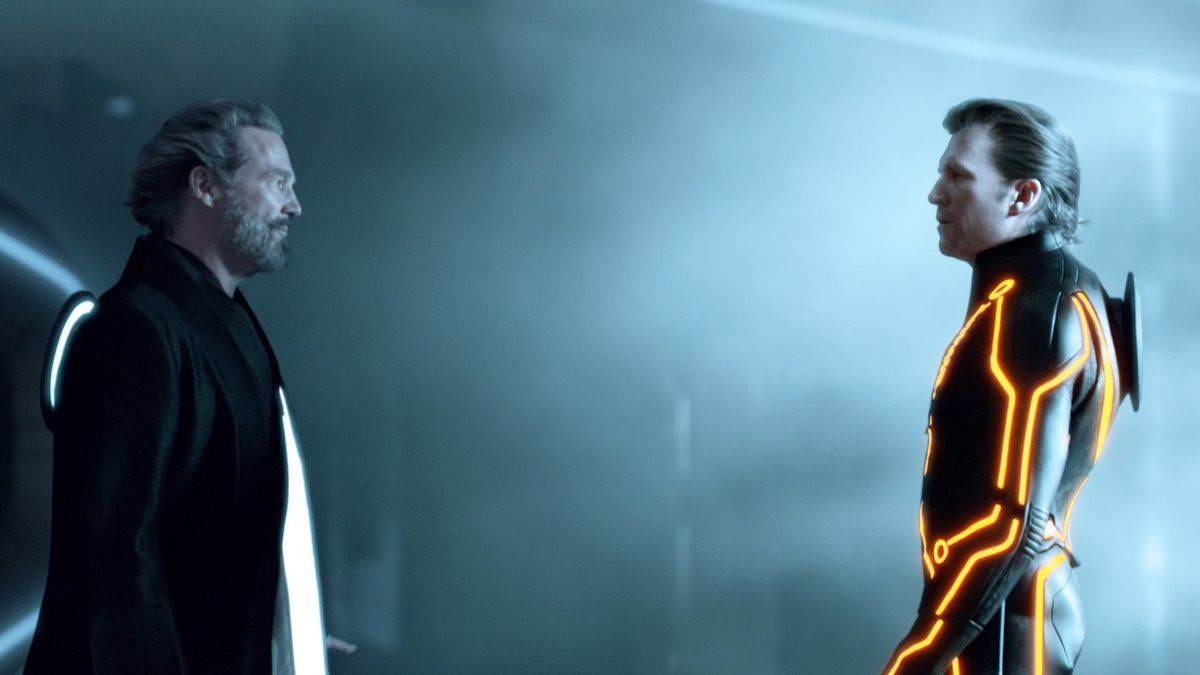
“You are CLU!” Kevin proclaims.
“I am CLU.”
“You will create the perfect system.”
“I will create the perfect system.”
Flynn chuckles. “Together we’re gonna change the world, man.”
In an interview with Steven Lisberger in the syndicated promotional documentary Computers are People Too! (May 1982) he explores the idea of creation in the context of computer framework. “Every one of us is in that computer somewhere, whether it’s because of our driver’s license, or social security, or income tax, but the fact is that there is an alternate person that is an electrical person that is forming inside this electrical dimension. And then the question is are you in control of that information, or is somebody else in control of it?” These themes and concepts are more relevant than ever in this age of avatars and AI. The story element of controlling information was central to the motivations of the Master Control Program in TRON and proved again to be the driving power of the antagonists of TRON Legacy as CLU rises to assume leadership of The GRID. His initial protocol to create the perfect system degenerates into egotistical madness and a lustful power grab. CLU turns against his maker and assumes full authority of his new world and its program inhabitants. This is his the controlling and villainous program’s vision of the future.
Despite the odds against the genius programmer, Kevin Flynn’s original dream proves to be prophetic as beings described as Isomorphic Algorithms (ISOs) spontaneously evolve from the data in the world of Kevin’s own creation. Tragedy ensues as CLU’s destructive forces purge the ISOs of their lives to make sure that their world never changes or evolves further, thus ensuring CLU’s dictatorship is prolonged.
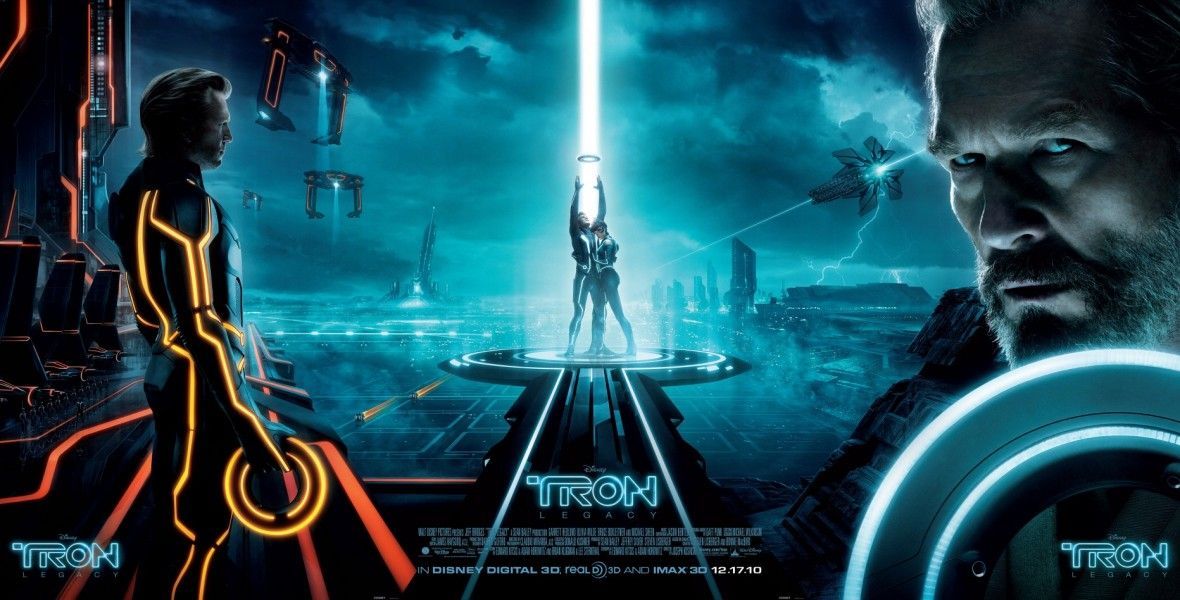
An ISO named Quorra (Olivia Wilde) is sheltered from harm and is raised and trained in the games and martial arts by the great creator Kevin Flynn himself. Here is where his son Sam (Garrett Hedlund) enters the scene. He receives a mysterious message from his dad’s abandoned arcade and stumbles upon his long untouched basement laboratory. Sam is pulled in to the The GRID and is rescued by Quorra after being subjected to the games by the menacing CLU. Quorra brings Sam to his long missing father, isolated from the city. Kevin and son are reunited.
Sam asks, “You remember that night when you didn't come home? You said...”
Kevin responds, “I said I'd show you Tthe GRID. Should have seen this place back then. Couldn't wait to show it to you.”
“Must have been something before CLU screwed it up.”
“No, no, he's... he's me. I screwed it up, chasing after perfection… chasing after what was right in front of me.”
“Look what you've accomplished. It's incredible.”
Kevin places his hand on Sam's shoulder.
“Sam... I'd have given it all up for one more day with you.”
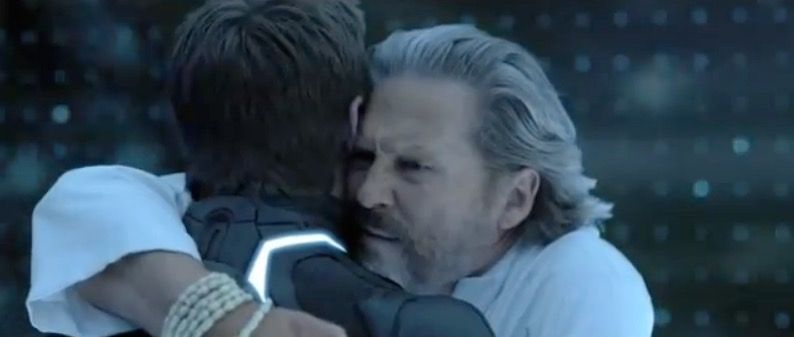
In this moment, an epiphany strikes Kevin after his long strings of successes and failures comes to a head. All this time he’s been chasing a dream that was right in front of him. This newfound appreciation for his family, created before his experimentation with digital worlds, fuels his motivation to escape back home and reverse the damage he’s done. CLU of course opposes this threat to his way of life and his original purpose to create the perfect system as he sees it. Kevin and CLU’s final confrontation happens just as they are about to escape. Kevin boldly proclaims to CLU that, “The thing about perfection is that it's unknowable. It's impossible, but it's also right in front of us all the time. You wouldn't know that because I didn't when I created you. I'm sorry, Clu. I'm sorry...” The full realization of his neglected son and what he must now do results in having to stay behind in The GRID as Sam and Quorra escape. CLU is derezzed and his data sucked back into Kevin’s essence as The GRID implodes in a great blast. We, the audience are left wondering what happened to Kevin, but after Sam’s ride into the sunset and a string of extra scenes included on the film’s Blu-ray disc from Walt Disney Home Entertainment provide hope and assurance that we haven’t seen the end of this story, for indeed “Flynn Lives”. Sam becomes an activist and along with that, a proponent of altering the course of ENCOM forever to return to its former days of glory. It’s apparent that Sam hasn’t given up on his father and is determined to carry on his legacy.
The story of TRON has influenced my love and optimism of the future and of the digital world we connect with and play in every day. It has done so ever since I first experienced these epic films as a teenager for the first time. Now as a young adult with an infant son, I watch the zipping lightcycles with flashing ribbons of energy fueled by boosting dubstep score composed by Daft Punk and I realize something. These elements pale in comparison to the moving story and the showcase of the importance of family values, fatherhood and even sonhood. It’s a relatable tale and has intrinsic value to be discovered if one only takes the effort to tap into the incredible human tale of the Flynn family as seen in TRON.
© 2023 Dean Brinkerhoff ON THE BRINK


